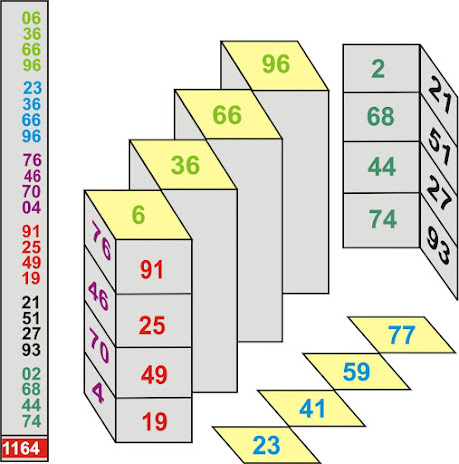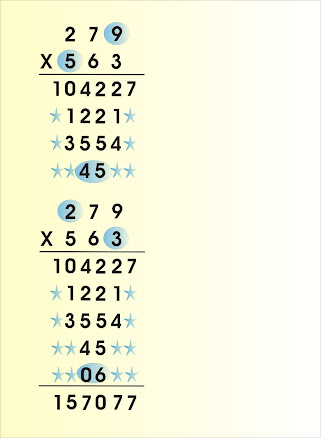My blog explores the world of numbers. My eBook The Hidden Wonders of Numbers, Vol. 1, a #1 Amazon bestseller, was published on April 30, 2025. I’ve also written Score More in Maths and NCERT Class 10 Solutions Volumes 1–3. These books make learning fun, spark curiosity, and help students and parents build confidence while nurturing creative, analytical thinking.
Prayer
A Humble Prayer
True learning goes beyond books; it begins with a sense of peace and a heart filled with gratitude. As we walk together on the path of knowledge and personal growth, let us also nurture our inner calm.
Please chant:
Hare Krishna Hare Krishna
Krishna Krishna Hare Hare
Hare Rama Hare Rama
Rama Rama Hare Hare
May these sacred words bring harmony.
🙏🏽 Thank you
Saturday, December 10, 2022
136-Number pattern and its beauty
Sunday, November 27, 2022
135-Magic cube part-6
Thursday, November 24, 2022
134-Important video on Simple method of multiplication
Video on a simple method of multiplication.
Click here for an English video.
Example: Multiply 279 by 563.
Step-1
Saturday, November 19, 2022
133-Important video on fun with mathematics
Click here to see the video on the fun with mathematics
Tuesday, November 8, 2022
132-Magic cube part-5
Click here for the previous blog on magic cube.
We have already seen the preparation of the magic cube.
Today we will discuss some specific addition patterns of this magic cube. See the following figure of the magic cube.
Here the addition of all the corresponding numbers will be 1164.
Click here for the next blog on magic cube.
Sunday, May 1, 2022
131-Miraculous Constant 8181
Miraculous Constant 8181
The number 6174,
well-known as the Kaprekar Constant, possesses unique mathematical
characteristics that have captivated mathematicians for many years. Drawing
inspiration from this idea, the Miraculous Constant 8181 is an astonishing
numerical occurrence. This constant adherence to a specific iterative method uncovers
concealed patterns and fascinating mathematical connections.
1) Place the largest digit at the 1000’s place and the smallest digit at the 100’s place.
Out of the remaining 2 digits:
2) Place the largest digit at the 10’s place and the smallest digit at the unit place.
Example: Let’s say the input number is 8492. Let’s form the Zigzag number from this.
1) The highest digit of the given number 8492 is 9, and the smallest digit is 2. So, the 1000’s placed digit of the Zigzag number will be 9, and the 100’s placed digit will be 2.
Repeat this process, called iteration, until you obtain the miraculous constant 8181.






















